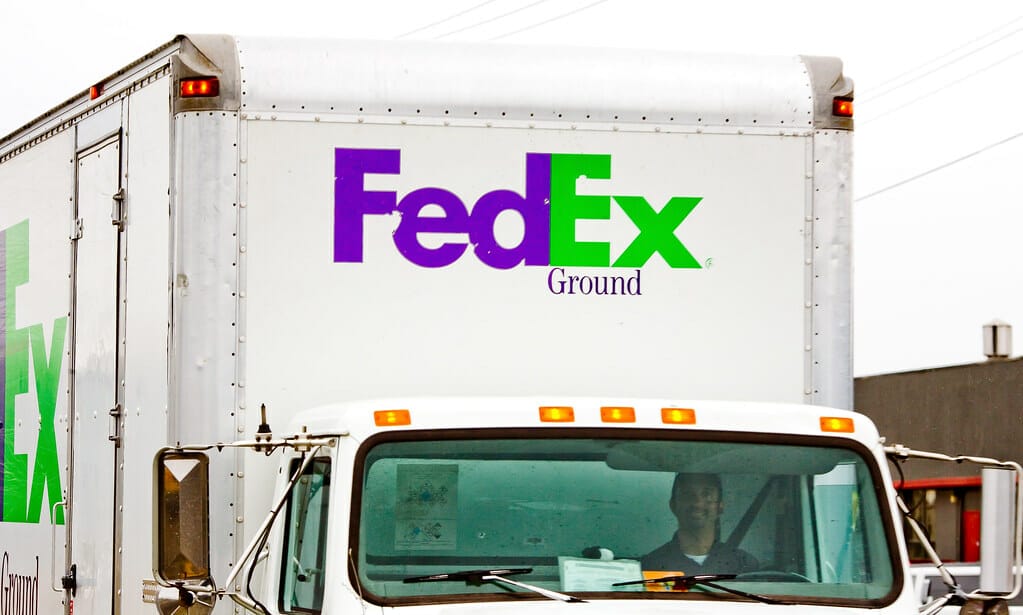Retail theft is a pressing issue that affects businesses and consumers worldwide. The shocking prevalence and consequences of this crime highlight the need for a comprehensive understanding and effective combat strategies. By delving into the reality of retail theft, exploring its methods, discussing its consequences, analyzing the role of law enforcement, and providing prevention strategies for retailers, we can shed light on this dark world while empowering individuals to take action.
The Reality of Retail Theft
The statistics surrounding retail theft are alarming. In the United States alone, retailers lose billions of dollars each year due to theft. This loss not only impacts their bottom line but also drives up costs for consumers. Retail theft takes various forms, ranging from shoplifting by individual perpetrators to intricate schemes orchestrated by organized theft rings. Additionally, employee theft poses a significant threat as insiders exploit their positions to steal from within.
These losses have far-reaching implications for businesses. They lead to increased prices as companies strive to recoup their losses, burdening innocent consumers who bear the brunt of these higher costs. Furthermore, retail theft erodes trust in both online and brick-and-mortar establishments. This erosion can have dire consequences when counterfeit or compromised products reach unsuspecting consumers who may suffer harm as a result.
Expanding on the Methods
Thieves employ numerous tactics when carrying out retail theft. Some take advantage of lax return policies by returning stolen goods for cash or store credit. Others misuse shipping and delivery systems or engage in fraudulent transactions to acquire merchandise without paying for it. Creative techniques include producing counterfeit products that closely resemble legitimate ones or utilizing online marketplaces to sell stolen goods under the radar.
These methods not only illustrate the resourcefulness of thieves but also underscore the need for heightened security measures within retail environments.
Consequences for Businesses and Consumers
The ripple effects of retail theft extend beyond immediate financial losses. As businesses attempt to recover their losses, they may pass on the burden to consumers through higher prices. This indirect impact on consumers’ wallets further illustrates the far-reaching consequences of retail theft.
Moreover, the loss of trust resulting from retail theft can have long-lasting effects. Consumers become wary of purchasing products that may be counterfeit or compromised, which can harm legitimate businesses and hinder economic growth. It is crucial for both businesses and consumers to understand the implications and take collective action.
The Role of Law Enforcement
Law enforcement agencies play a vital role in combating retail theft. They proactively work to identify and apprehend thieves, often collaborating with retailers and security experts to gather evidence. Successful cases of busting organized theft rings and recovering stolen goods demonstrate the importance of these joint efforts.
However, it is not solely the responsibility of law enforcement to combat retail theft. Collaboration between retailers, law enforcement agencies, and the general public is essential in effectively curbing this crime. By reporting suspicious activities and providing information to authorities, individuals can contribute significantly to reducing retail theft.
Prevention Strategies for Retailers
To protect themselves against retail theft, businesses must implement robust security systems that encompass surveillance cameras, alarm systems, and access controls. Training employees on recognizing suspicious behavior and adhering to proper security protocols is also crucial.
Moreover, practicing inventory control techniques helps businesses keep track of their merchandise accurately while minimizing vulnerabilities that thieves could exploit. Establishing a culture of vigilance among employees encourages them to be proactive in identifying potential threats within the retail environment.
Consumer Awareness and Responsibility
Consumers also play a vital role in combating retail theft by being aware of potential signs of stolen or counterfeit products when shopping. Checking for missing packaging seals or apparent inconsistencies in product quality can help individuals identify questionable merchandise.
Furthermore, responsible consumer behavior involves actively avoiding purchasing suspicious items even at lower prices. Supporting businesses that have taken steps to prevent theft sends a clear message that integrity and ethical practices matter in the retail industry.
Conclusion
The dark world of retail theft poses significant challenges for businesses and consumers alike. The prevalence and consequences of this crime demand our attention and collective action. By staying informed, vigilant, and ethically responsible, we can minimize retail theft’s impact on our society. Let us join forces to protect businesses, consumers, and the overall integrity of the retail industry by working towards a future free from the scourge of retail theft. Together, we can make a difference.













